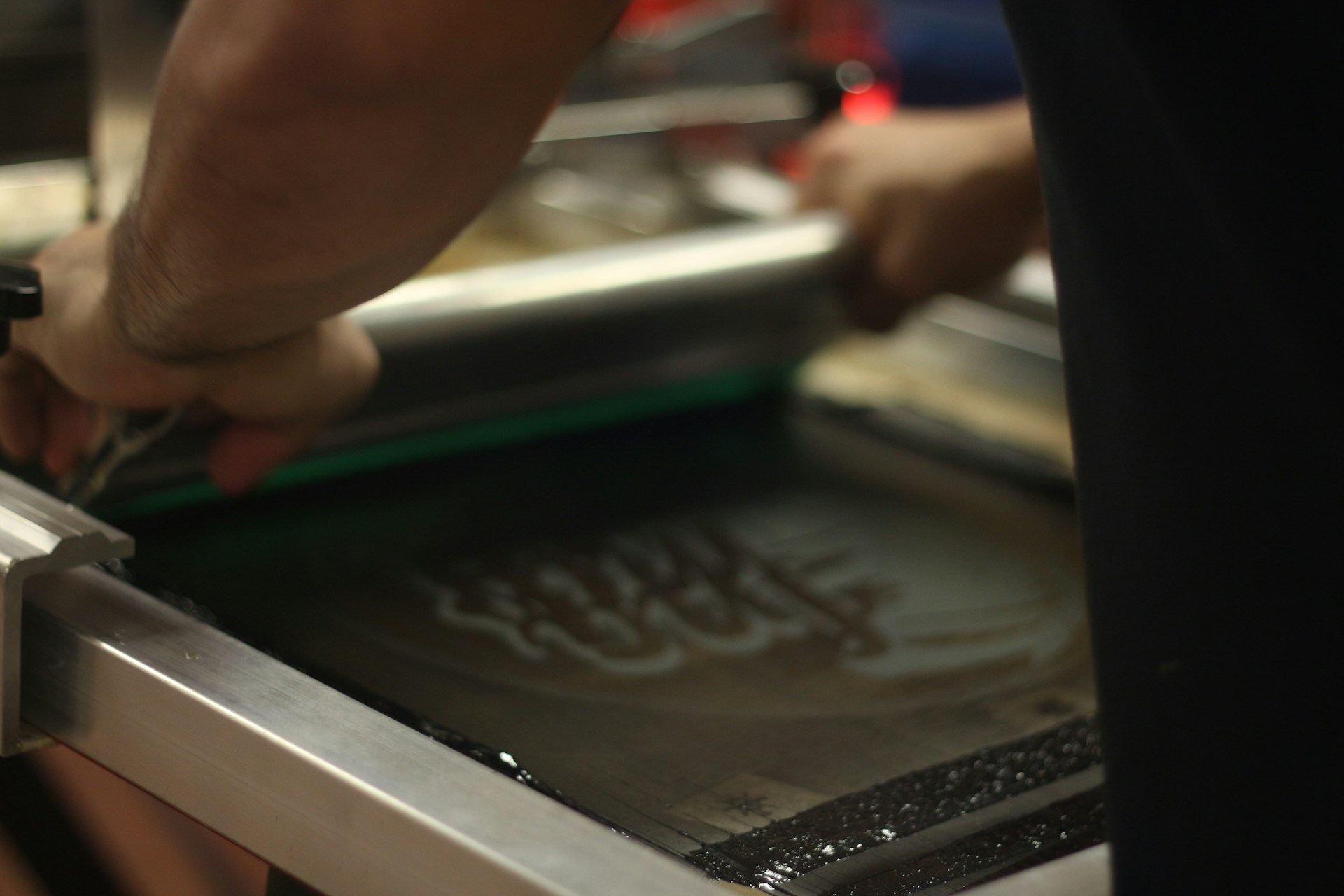Disclosure Sponsored Links: This post contains a paid-for sponsored link, meaning we have received compensation in exchange for including it. Sponsorship does not influence our content, but we believe in transparency regarding paid placements.
Screen printing is a popular method for producing designs on various materials. Ensuring high-quality prints and maintaining production speed are indispensable in this industry. Automation plays a significant role in achieving these goals, enhancing both quality control and production efficiency.
Table of Contents
Role of Automation in Quality Control
Traditional quality control in screen printing presents several challenges, including human error and inconsistent results. Manual inspection methods can be slow and often fail to catch all defects, leading to a lack of uniformity across prints. Automated quality control systems address these issues effectively.
These systems utilise advanced technologies such as sensors and cameras to monitor prints in real time, making immediate adjustments to correct any imperfections. This real-time monitoring ensures increased accuracy and significantly reduces defects, resulting in a consistent output.
Similar to how online casino platforms benefit from automation for reducing costs and enhancing efficiency compared to physical casinos, automated quality control in screen printing offers substantial advantages. These systems work tirelessly, eliminating the variability associated with human inspection. As a result, businesses can achieve a higher standard of quality while also speeding up the production process.
Enhancing Production Speed
Traditional production methods in screen printing often struggle with inefficiencies that slow down the entire process. Tasks like setting up screens, aligning materials, and cleaning screens between runs are time-consuming and labour-intensive. Automation significantly enhances production speed by addressing these limitations. Robotic arms can handle repetitive tasks with precision and speed, ensuring materials are consistently positioned correctly.
M&R’s Stryker and ROQ’s YOU models use robotic arms to automate screen loading and unloading. Automated screen cleaning systems, such as those from Lawson and Vastex, reduce the downtime between print runs, allowing for quicker transitions and continuous production flow.
These advancements lead to faster turnaround times, enabling businesses to handle larger volumes of orders efficiently. This increased efficiency not only meets the growing demands of customers but also boosts overall productivity. To further organise your workspace, consider adding office drawers for better storage solutions.
Direct-to-Mesh (DTM) Systems
Direct-to-Mesh (DTM) technology is another creative advancement in screen printing automation. Unlike traditional methods that require extensive manual preparation, DTM technology streamlines the process by applying designs directly to the mesh screen.
The advantages of DTM systems are numerous. First, they drastically reduce labour costs by automating the preparation process, freeing up time for other essential tasks. These systems also shorten preparation times, allowing for quicker setups and faster production cycles.
Increased precision is another key benefit, as DTM technology ensures that designs are accurately applied to the mesh, resulting in higher quality prints. The M&R i-Image S and the Lawson Express-Jet CTS v5 are examples of advanced DTM systems that enhance screen printing operations.
This precision minimises errors and inconsistencies, leading to a more reliable output. Overall, DTM systems enhance efficiency and quality in screen printing, making them an invaluable tool for modern printing operations. By integrating this technology, businesses can achieve better results with less effort and time, changing the screen printing process.








